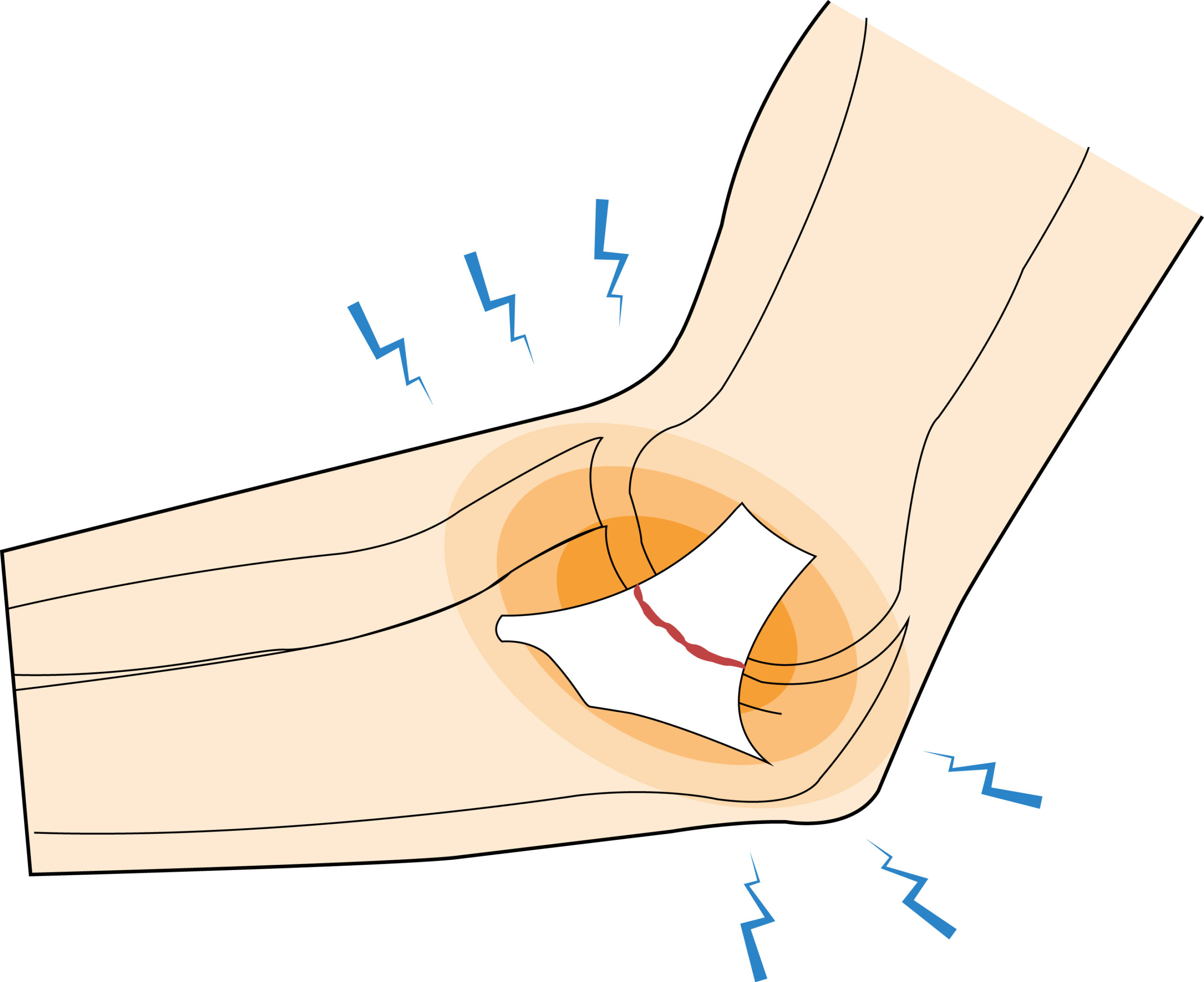Ulnar collateral ligament injuries of the elbow occur when the ligament located on the inner side of the elbow is injured. The ulnar collateral ligament (UCL) holds the humerus bone (upper arm bone) and the ulna bone (one of two bones in the forearm) together. It provides stability of the elbow joint during throwing motions. Injuries to this ligament can range from a sprain to a tear and are classified by severity. The grades of ulnar collateral ligament injuries are defined as:
- Grade I: The UCL is strained but not stretched, and is painful.
- Grade II: The UCL has been stretched out but is not torn (is still intact).
- Grade III: The UCL has torn and is no longer able to stabilize the elbow.


